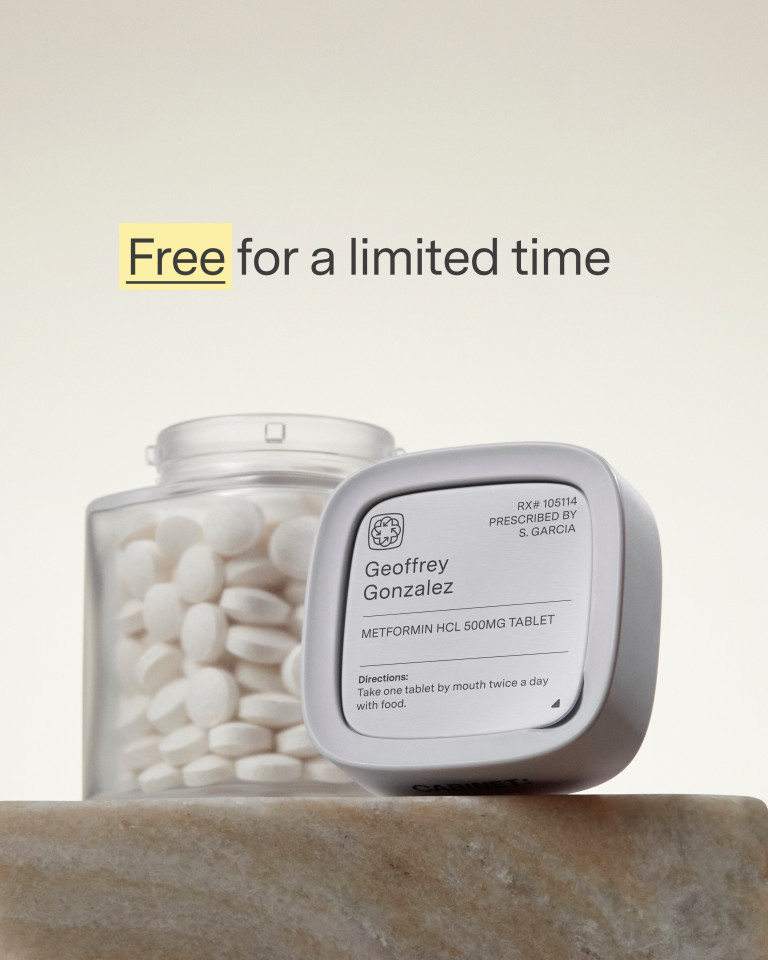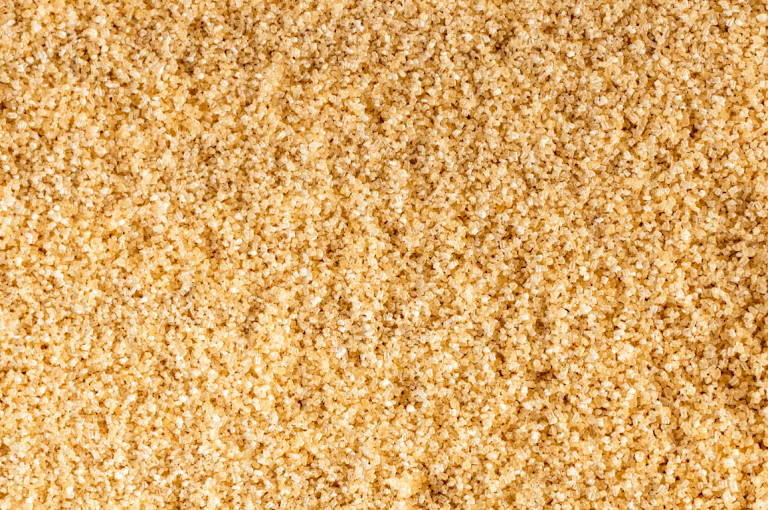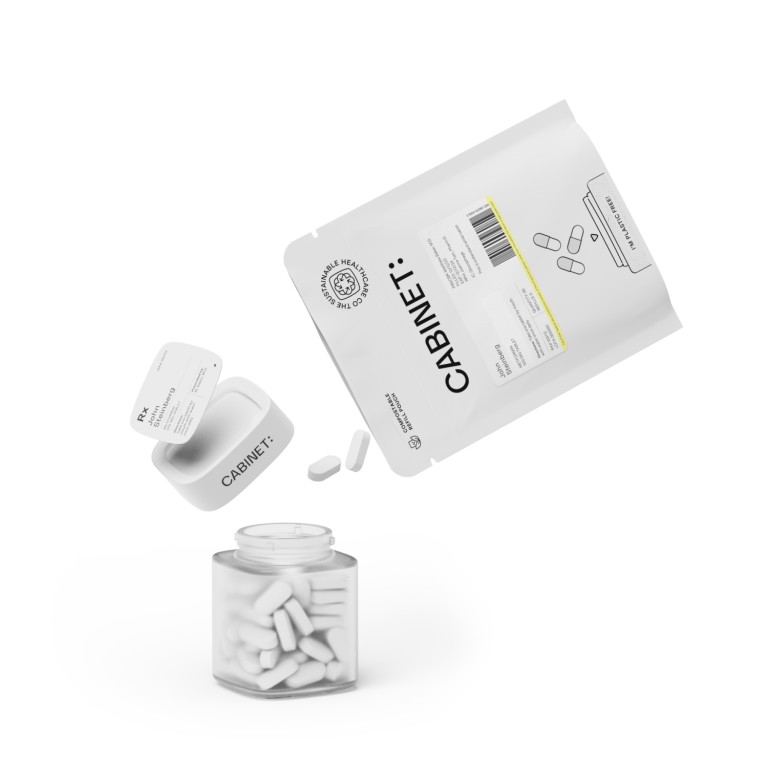Verapamil is a common medication prescribed to treat high blood pressure, chest pain, and certain heart rhythm disorders. While Verapamil can be highly effective in managing these conditions, it's important to be aware of potential interactions with certain foods. In this article, we will delve into the various aspects of Verapamil and its interactions with diet, while also providing a comprehensive list of foods to avoid when taking this medication.
Understanding Verapamil: Its Uses and Side Effects
Before we explore the impact of diet on Verapamil, let's first gain a better understanding of this medication. Verapamil belongs to a class of drugs known as calcium channel blockers, which work by relaxing the blood vessels and reducing the heart's workload. This helps to lower blood pressure and improve blood flow to the heart.
What is Verapamil?
Verapamil is commonly prescribed to manage conditions such as hypertension (high blood pressure), angina (chest pain), and certain arrhythmias (irregular heart rhythms). It can be taken in various forms, including immediate-release tablets, extended-release capsules, and even intravenous injections for more severe cases.
Common Uses of Verapamil
The primary use of Verapamil is to treat hypertension, a condition that affects millions of people worldwide. By regulating blood pressure levels, Verapamil helps to reduce the risk of heart attack, stroke, and other cardiovascular complications. Additionally, this medication is often employed in the treatment of chronic stable angina, a type of chest pain caused by an inadequate supply of oxygen to the heart.
Potential Side Effects of Verapamil
As with any medication, Verapamil can cause side effects in some individuals. These side effects may include dizziness, headache, constipation, and swelling of the ankles, feet, or hands. More rarely, Verapamil can also lead to low blood pressure, irregular heartbeat, or even heart failure. It is crucial to consult with your healthcare provider if you experience any concerning symptoms while taking Verapamil.
The Importance of Diet When Taking Verapamil
Now that we have covered the basics of Verapamil, let's explore the vital topic of diet and its interaction with this medication. While Verapamil itself does not require strict dietary restrictions, certain foods and beverages can interfere with its effectiveness or cause adverse reactions. It is essential to be mindful of these interactions to ensure optimal results from your Verapamil regimen.
How Food Interacts with Verapamil
As Verapamil is metabolized in the liver, it is susceptible to interactions with specific components in foods. Some foods may affect the absorption, metabolism, or elimination of Verapamil, potentially altering its therapeutic effect or causing unwanted side effects. These interactions can occur due to various factors, including the liver enzymes involved in drug metabolism and the presence of certain nutrients in the foods we consume.
The Role of Diet in Medication Efficacy
Research has shown that certain foods and beverages can impact the efficacy of Verapamil by altering its absorption or metabolism in the body. By understanding the potential interactions, individuals taking Verapamil can make informed decisions about their diet, ensuring that their medication works optimally for them.
Foods to Avoid When Taking Verapamil
While the majority of foods can be safely consumed while taking Verapamil, some specific items have been found to interact with this medication. Let's take a closer look at the key foods to avoid or limit consumption of when using Verapamil.
Citrus Fruits and Verapamil
Citrus fruits, such as oranges, grapefruits, and limes, contain compounds known as furanocoumarins. These compounds inhibit specific enzymes responsible for metabolizing Verapamil, leading to increased blood levels of the medication. This can potentiate the effects of Verapamil and potentially result in adverse reactions. It is best to avoid consuming large amounts of citrus fruits or their juices while taking Verapamil.
High-Fiber Foods and Verapamil
Foods rich in dietary fiber, such as whole grains, legumes, and certain fruits and vegetables, are generally considered healthy choices. However, excessive intake of high-fiber foods can interfere with the absorption of Verapamil. Fiber binds to Verapamil and prevents its complete absorption, reducing its effectiveness. It is advisable to moderate the consumption of high-fiber foods, ensuring that they are spread out across meals rather than consumed in large quantities at once.
Dairy Products and Verapamil
Calcium-rich dairy products, including milk, cheese, and yogurt, may interfere with Verapamil's effectiveness due to their calcium content. Calcium can hinder the absorption of Verapamil, potentially reducing its therapeutic benefits. It is recommended to separate the consumption of Verapamil and high-calcium foods by at least two hours to minimize any potential interaction.
The Impact of Alcohol and Caffeine on Verapamil
While diet is a crucial factor to consider when taking Verapamil, we should not overlook the potential impact of certain beverages. Alcohol and caffeine, in particular, can influence the effectiveness and side effects of Verapamil.
Alcohol and Verapamil Interaction
Alcohol can interact with Verapamil, intensifying its effects on blood pressure and heart rate. It may lead to excessive drowsiness or dizziness, potentially compromising your daily activities. It is advisable to limit or avoid alcohol consumption while taking Verapamil, as it may counteract the intended benefits of the medication.
Caffeine and Verapamil Interaction
Caffeine, a stimulant found in coffee, tea, energy drinks, and certain fizzy beverages, can also interact with Verapamil. Caffeine can increase heart rate and blood pressure, potentially counteracting the blood pressure-lowering effects of Verapamil. It is recommended to moderate your caffeine intake and be mindful of any changes in your heart rate or blood pressure while on Verapamil.
Tips for Managing Your Diet While on Verapamil
While it may seem challenging to navigate the various dietary restrictions and considerations associated with Verapamil, a few practical tips can help make the process more manageable.
Meal Planning Tips for Verapamil Users
Planning your meals in advance can help you avoid potential interactions and enjoy a balanced diet while on Verapamil. Be mindful of your intake of citrus fruits, high-fiber foods, and high-calcium dairy products, keeping them in moderation and separating them from your Verapamil dose, if necessary. Consult with a dietitian or healthcare provider for personalized meal planning guidance tailored to your specific needs and health goals.
Healthy Alternatives to Avoided Foods
While certain foods may need to be limited or avoided when taking Verapamil, there are always healthier alternatives available. For example, if you love the taste of citrus fruits but need to avoid them while on Verapamil, try incorporating other types of fruits into your diet to fulfill essential nutrients and flavors.
Ultimately, by being aware of the foods to avoid and making informed choices about your diet, you can manage the potential interactions between Verapamil and certain foods, while still enjoying a flavorful and nutritious meal plan.
In conclusion, when taking Verapamil, it is essential to understand the potential interactions between this medication and specific foods and beverages. By avoiding or moderating the consumption of citrus fruits, high-fiber foods, and high-calcium dairy products, while also being mindful of the impact of alcohol and caffeine, you can ensure the optimal efficacy and safety of Verapamil. Remember, consulting with your healthcare provider or a registered dietitian is always advisable for personalized guidance.









